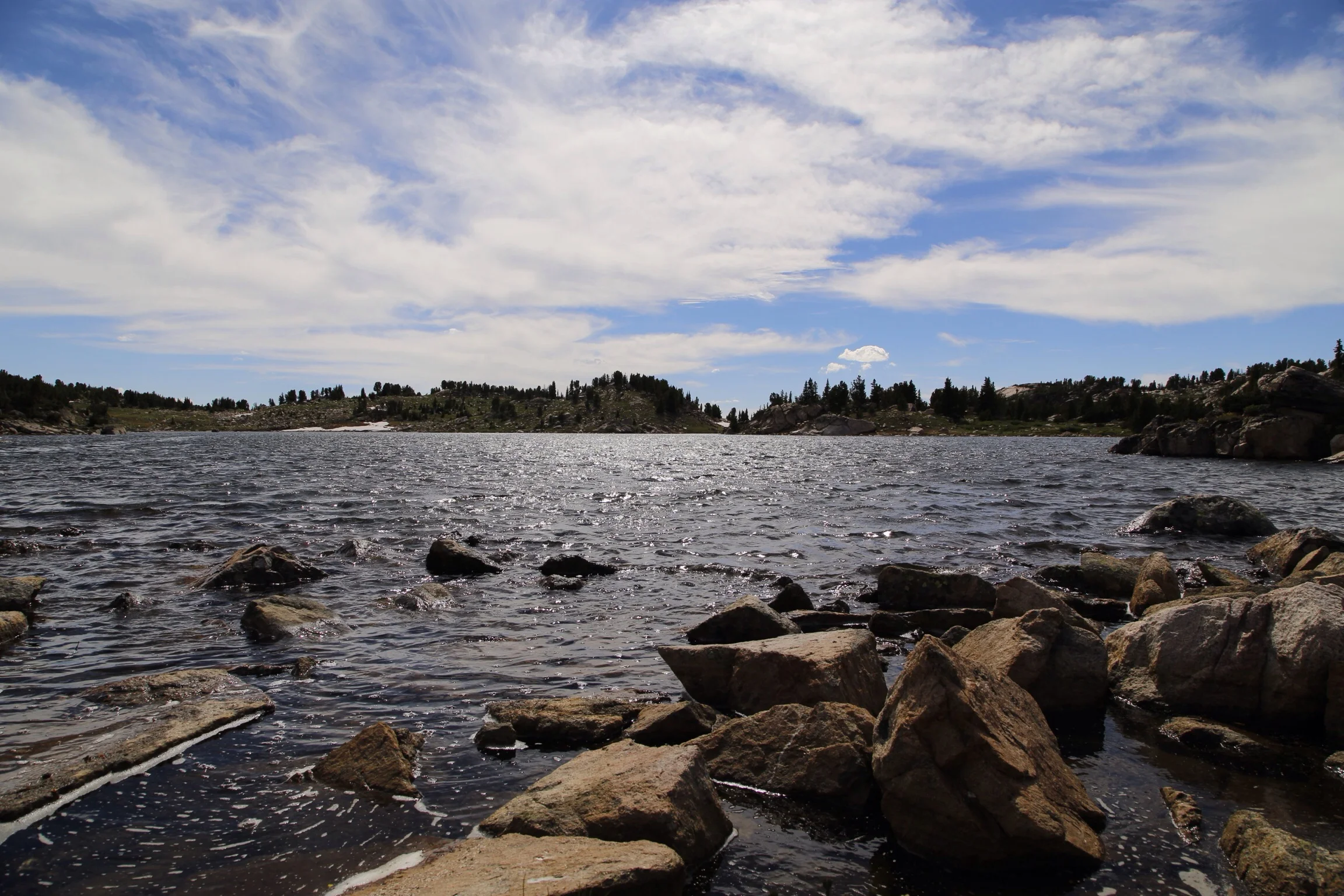jonathan shikany
Characterizing the distribution and microbial profile of pathogenic free-living amoeba, including Naegleria fowleri, in Montana recreational waters
The expansion of pathogens due to changing environmental conditions represents a key challenge to public health management. Oftentimes, pathogenic amoebae thrive in warm waters, such that these organisms have been found in thermally impacted waters. With climate change occurring, the geographic range of these organisms will likely expand as a result of warmer climate and anthropogenic influences, including increased temperatures and decreased water in ponds, lakes and streams linked to drought and agricultural diversions. As a result, mapping the current range of these organisms, and identifying the biotic and abiotic factors linked to pathogen occurrence will provide the foundation for predicting higher risk locations that should be targeted for further sampling. Infection by the amoeba Naegleria fowleri can lead to the onset of the highly fatal primary amebic meningoencephalitis. Additional studies aimed at better understanding and characterizing the ecology of amoeba are also needed to further understand the mechanisms of establishment and survival, as well as the molecular pathways that underlie these responses. Our experimental studies will expand the knowledge of the microbial communities that harbor amoeba, including N. fowleri. Integrating data on geographic distribution with studies on the microbial community architecture and physiological responses can inform public health strategies to reduce the risk of infections in Yellowstone National Park(YNP) and surrounding states.
Jonathan is a PhD student in Chemical Engineering at Montana State University. He graduated from Montana State University in 2021 with a BS in Biological Engineering and Biochemistry. His graduate research investigates the public health challenges posed by thermotolerant amoeba and associated microbial communities.

